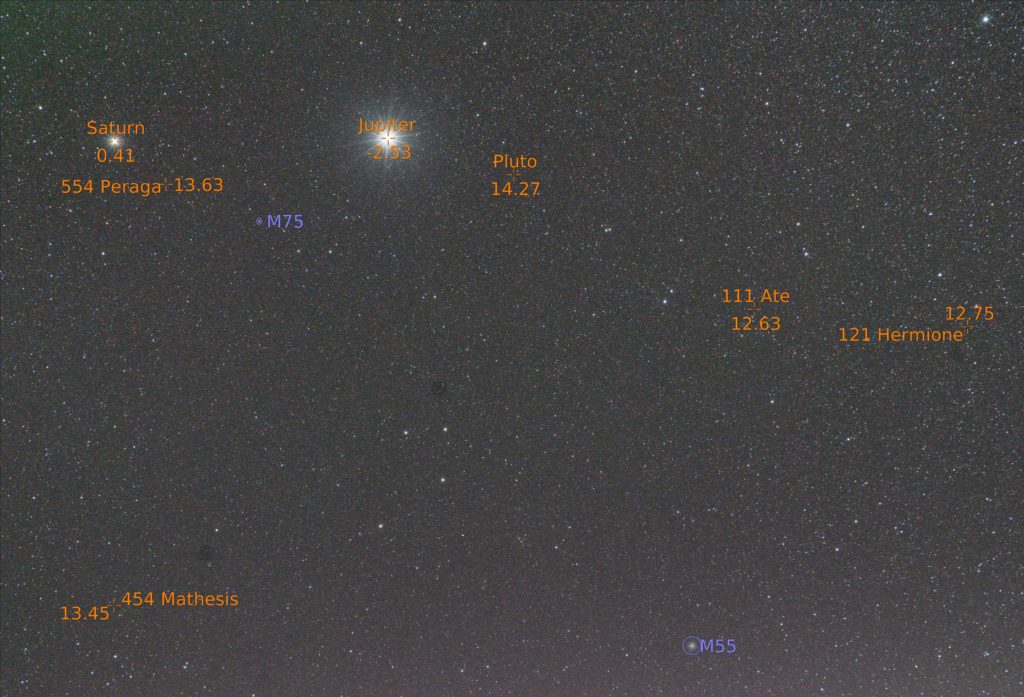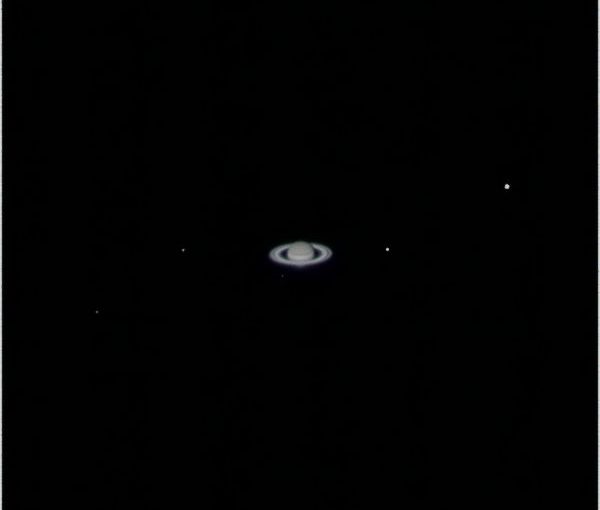It seems like a worthy project to try to get images of all of the planets in the solar system on the same day. In order to do it, you probably should practice and see what the issues are. Here are the practice runs. It turns out that you need to plan a little farther ahead because not all of the planets are visible all of the time (who knew?). Meteoblue can tell you when they are visible.
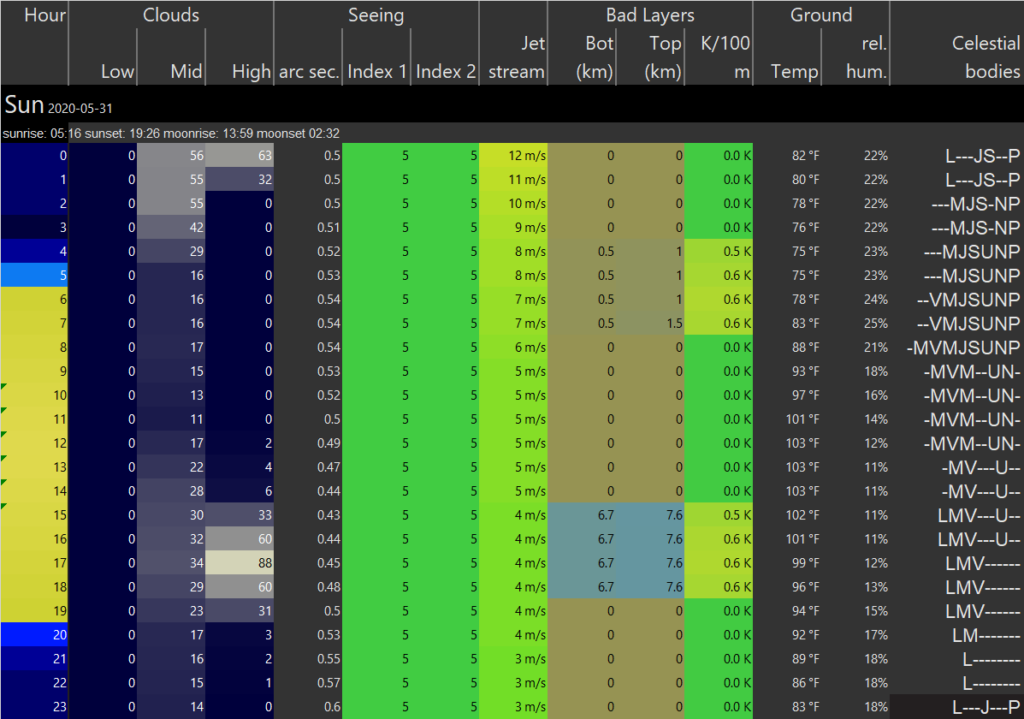
From this chart you can see the problem. If you get up at 2 am you can see Mars, Jupiter, Saturn, Neptune, and Pluto (at least they are up) and it is nice and dark. But Uranus doesn’t come up until 4 am. And up doesn’t mean visible. It has to come up above the mountains and get high enough to see though the atmosphere. usually this is at least 2 hours after it comes up (the Earth rotates 15 degrees an hour).
At 5:16 am in Tucson it is full on bright. Uranus sets at 6 pm, still daytime. With a mean magnitude of 5.7 you are not going to see it in the daytime. I’ll giveit a shot though.
You might notice that Venus and Mercury are only visible during the day as well. However, they are bright enough to see in the daytime if you can find them. So the plan is image the sun in the afternoon, get Mercury and Venus in the evening and then get up at 2:30 am and get Jupiter, Saturn, Mars, and Neptune with the telescope. Since Pluto is very faint (magnitude 15) and hard to find, the best hope is to get a long exposure with the Nikon of the region where Pluto is and hope it is visible afterwords. Finally, start looking for Uranus until the sun comes up and see if it can be imaged before it gets too bright. Here goes, from inside out:
The sun was imaged with the D7500 and a 600 mm lens. I used a solar filter and no processing. It is pretty boring these days, no sunspots.
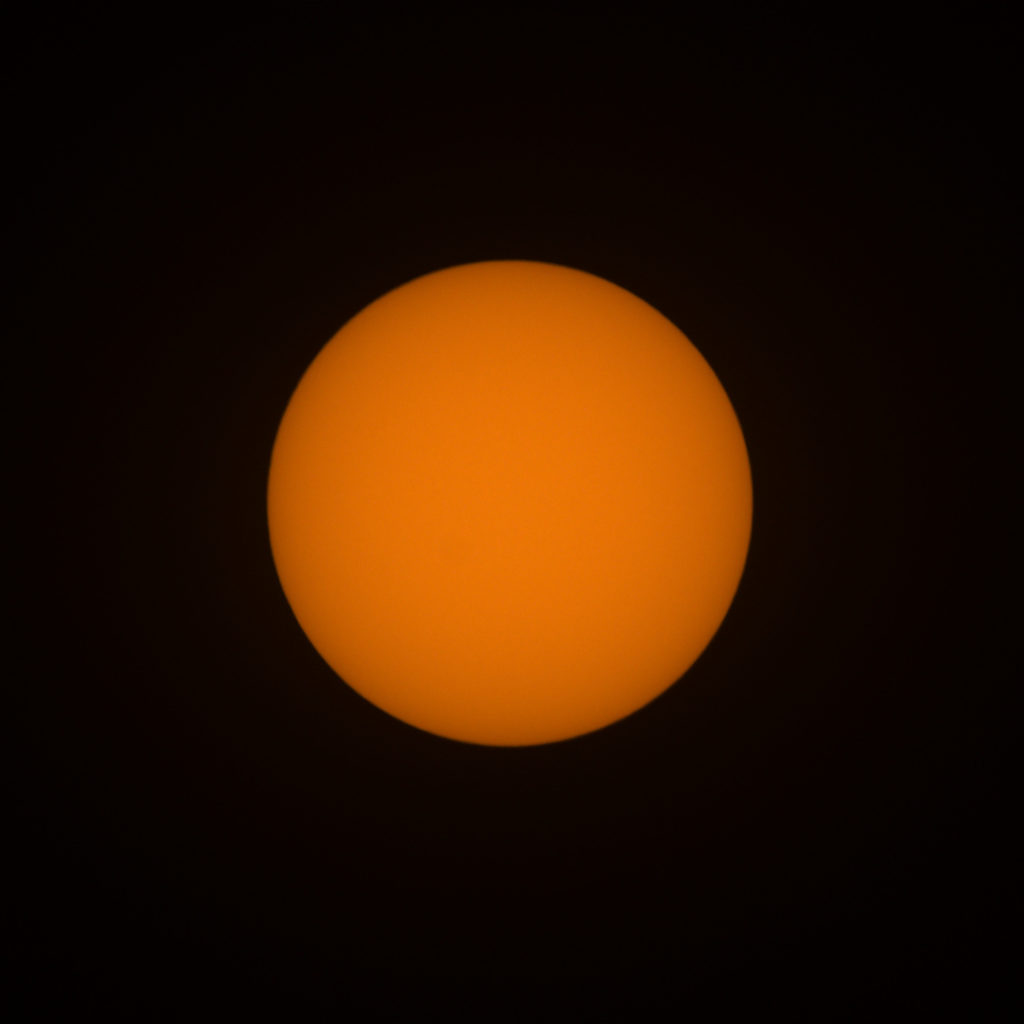
Mercury is the closest planet. Because of the location it had to be imaged during the daytime. It is at quart phase as it goes around the sun.

Venus is getting very close to the sun. It was actually hard to find it without getting the sunin the scope and burning something. I put the scope in the shade and tried to get it before it went down behind the house. As it is coming around on our side of the sun, it is a very small cresent and we can mostly just see the dark side.
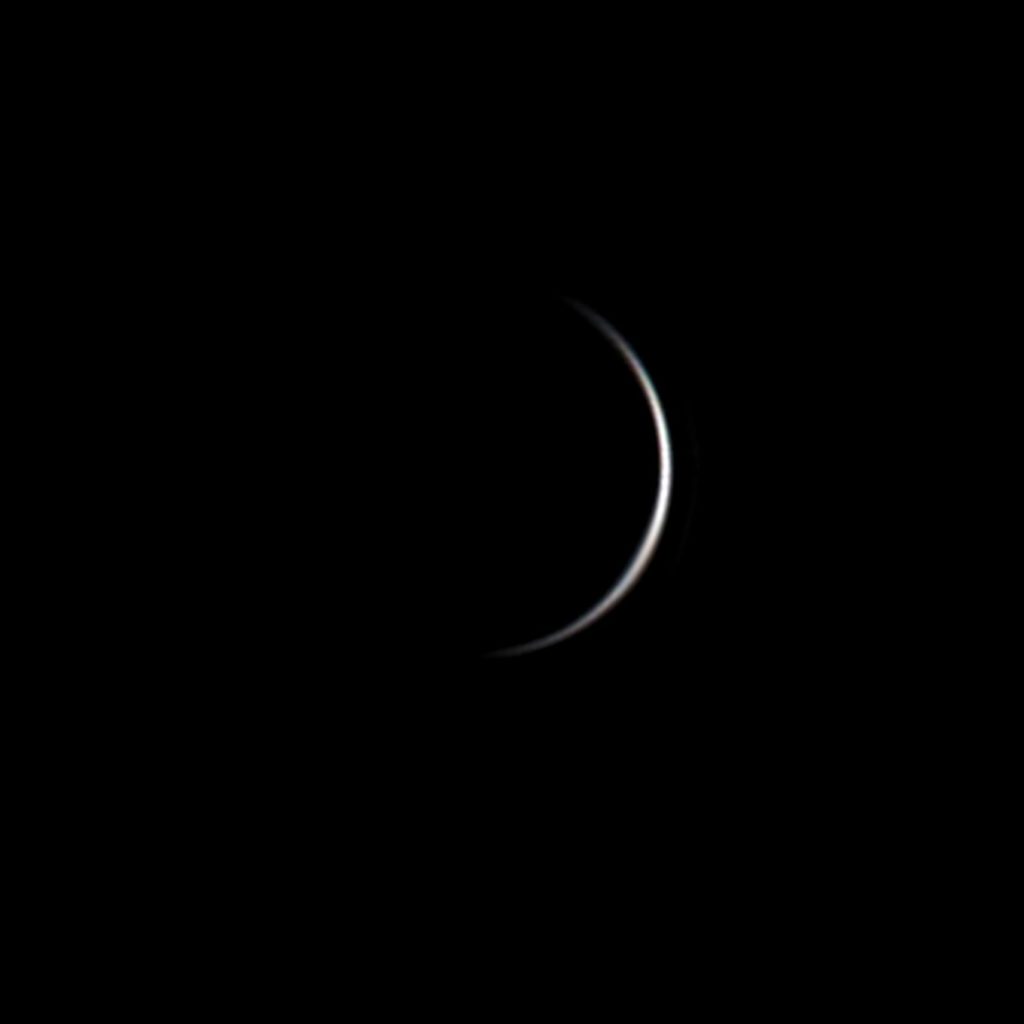
For the Earth I imaged of the moon. It is the closest thing.
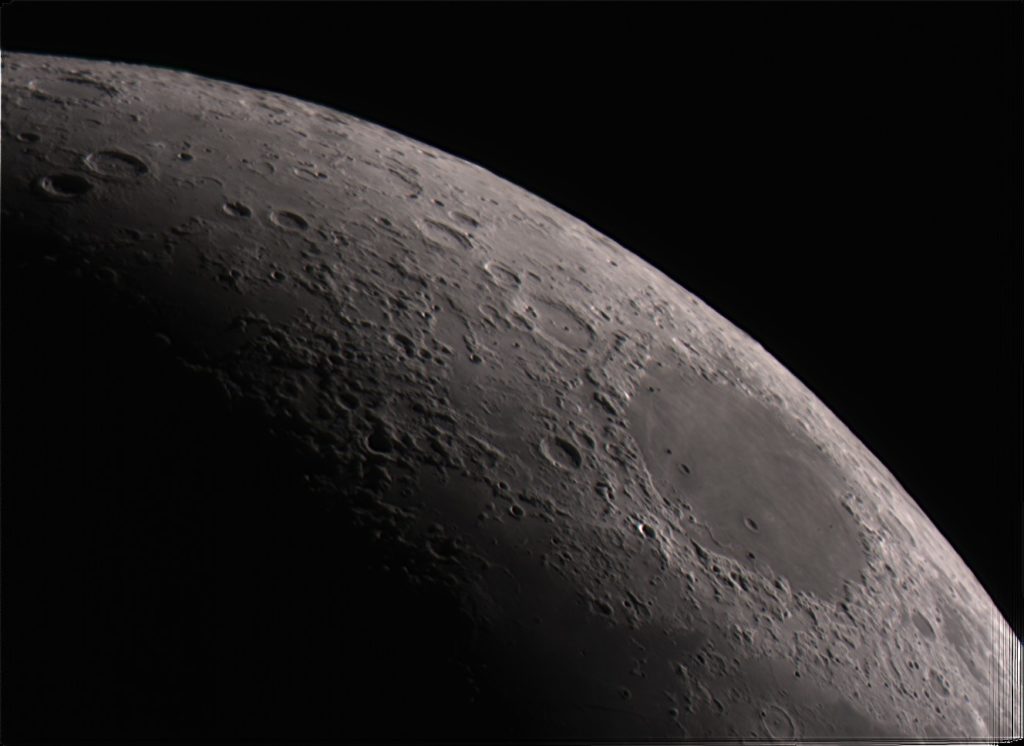
Mars is next. It is pretty far from earth right now and doesn’t come up very high.
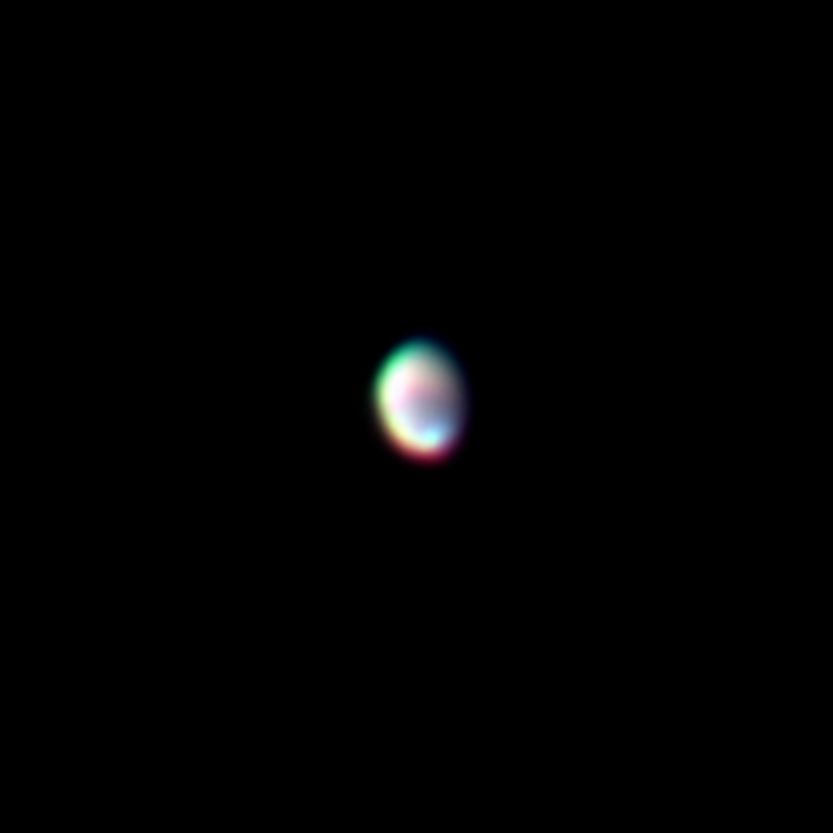
Jupiter is large and easy to see. I tried to get all the moons too.

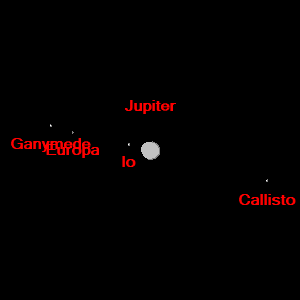
Saturn is also an easy target. I tried to get it’s moons too. Here you can see four moons and a random star.
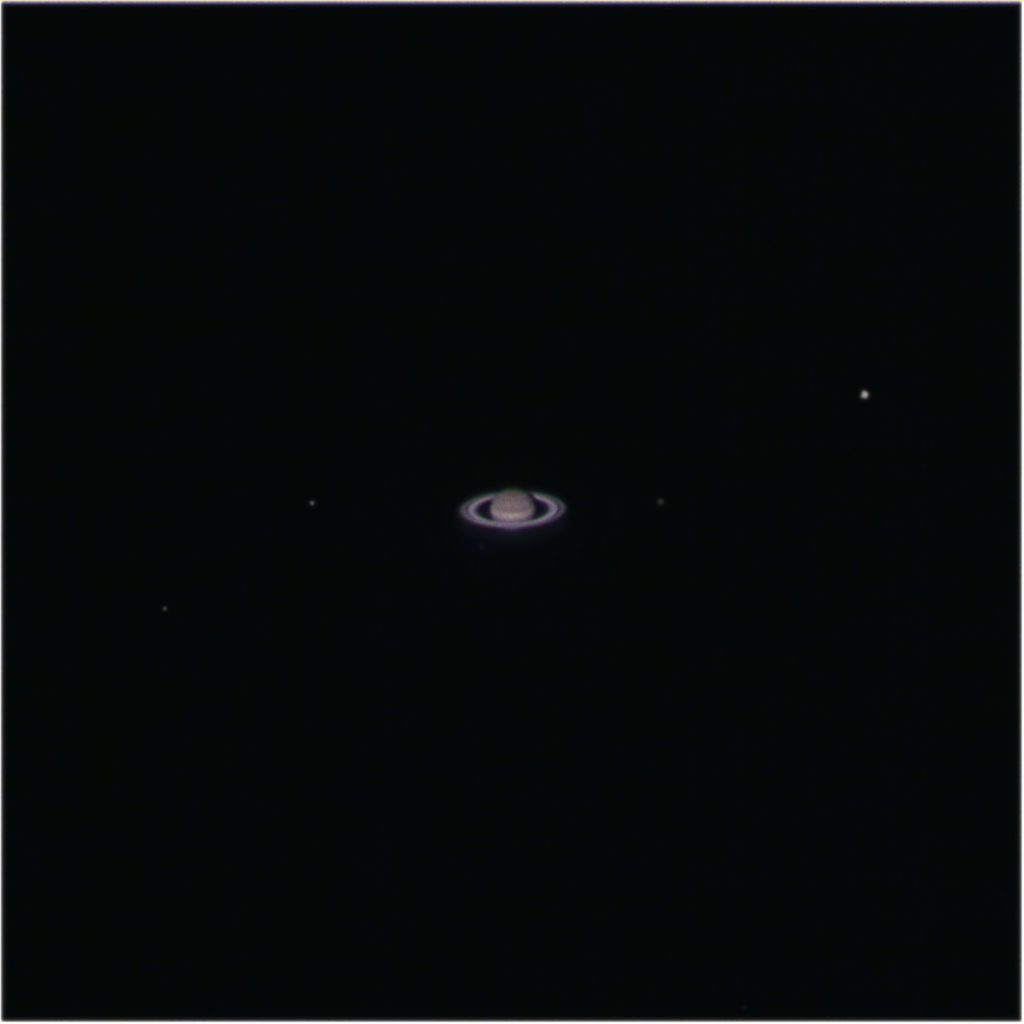
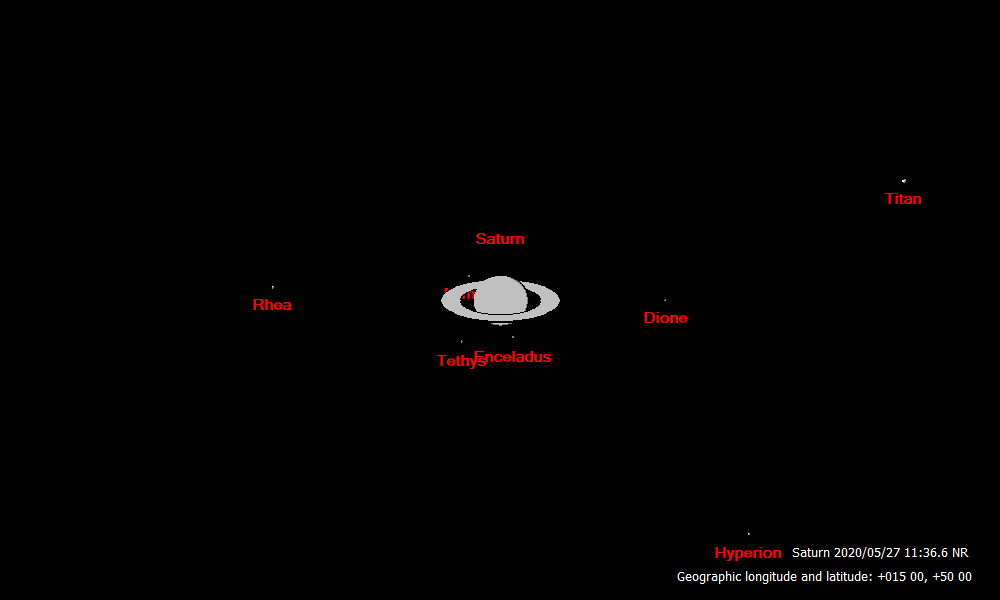
Uranus: No joy just yet. One of these things might be close to it though.
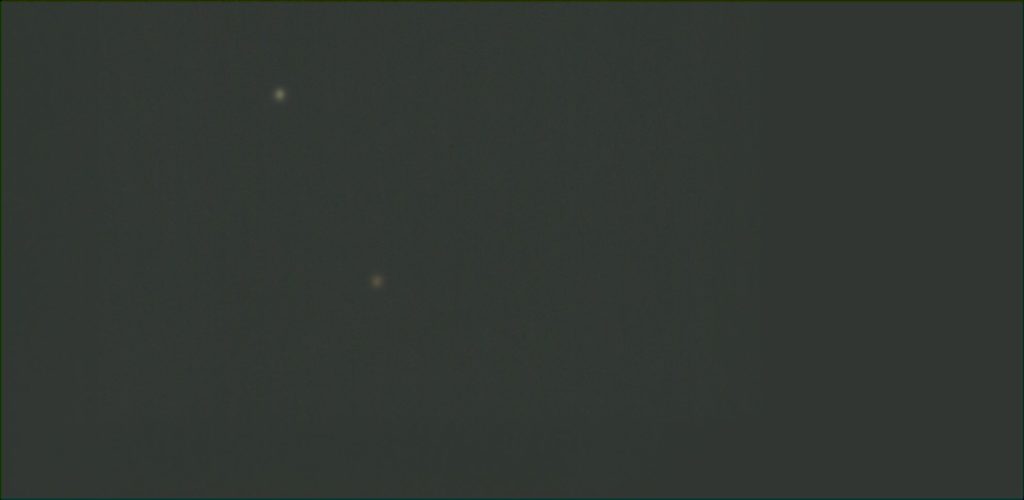
Here is Neptune, twice.
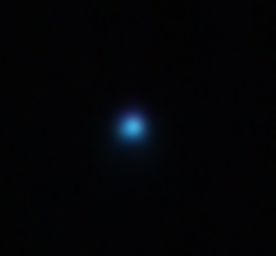

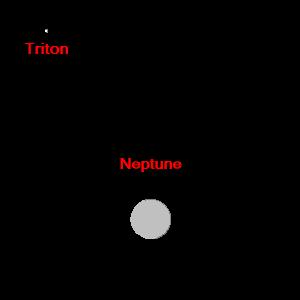

Here is where Pluto should be. I don’t think you can see it but if you squint, maybe.
